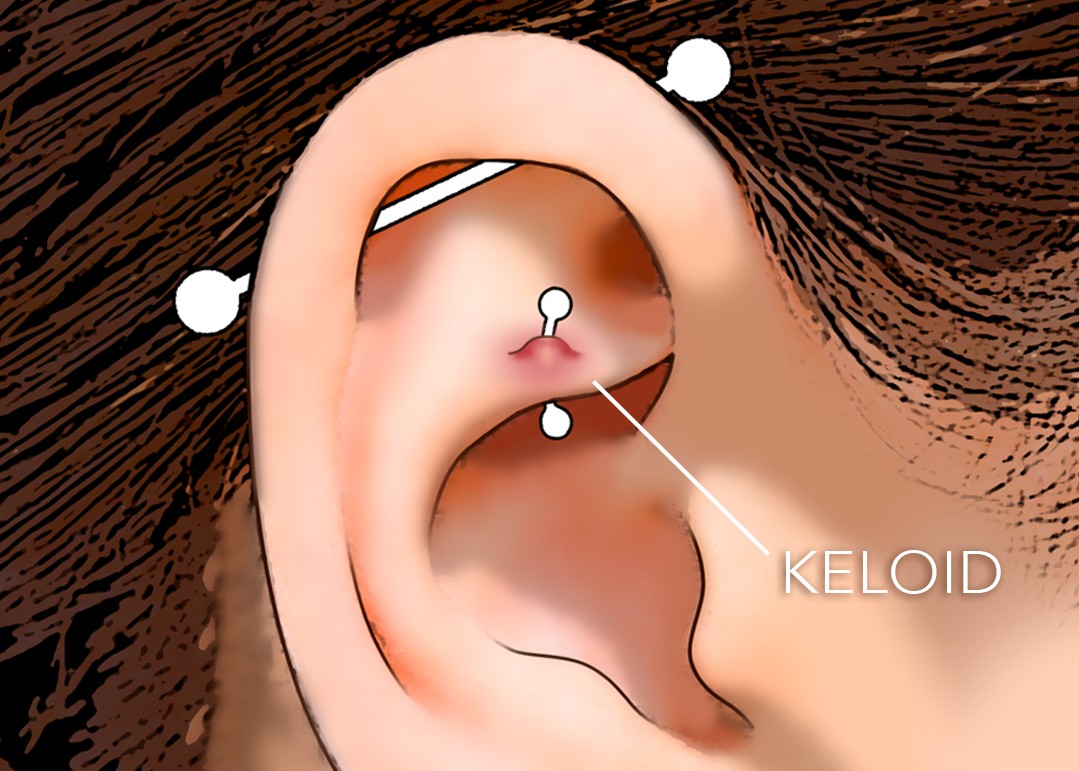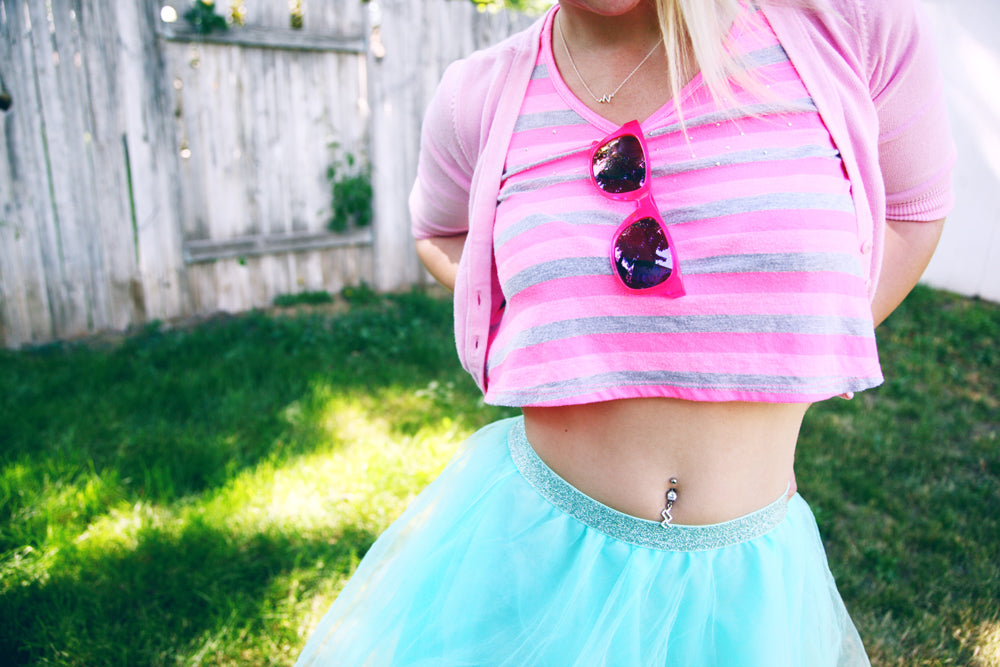One of the most popular piercings you can get done right now is your septum. The septum piercing has been a hot trend for years for several reasons. The biggest one is that there are so many unique styles of jewelry out there so there is something for everyone and every style. Whether you are going for an edgier, punk rock look or something more delicate and beautiful, there is jewelry out there for you.

The Basic Facts
Where it’s located: The septum piercing is the thin tissue at the front of your nose that divides your nostrils
Piercing cost: Generally, it costs between $40-$100 depending on where you get the piercing done
Healing time: When you get your septum pierced it can take several months (between 2-6 months) to heal on average, but heal time are different for everyone. Yours may heal more quickly or take longer.
Styles of jewelry you can wear: Circular rings, horseshoe rings, CBRs, curved barbell jewelry, septum retainers
Standard gauge size: The standard size for a septum piercing is a 14 gauge and can range from a minimum 16 gauge for smaller anatomy and 12 gauge or even a 10 gauge (rarely) for larger noses
Standard jewelry size: The standard diameter for your septum piercing is a ring diameter or barbell length of 3/8 inch (10mm), 7/16 inch (11mm), or 1/2 inch (12mm)
“Does it hurt?”: On a scale of one to ten, people generally rate the septum piercing between a 5 and a 7, but this can be different for everyone. The pain is generally described as stinging or pinching and if your septum is thicker, it may hurt a little more.
Anatomy and Placement
The placement of your septum piercing is a little different on everyone but is generally in “the sweet spot” in the soft tissue located just below the cartilage and above the skin near the tip of your nose. In this position, the jewelry passes through minimal tissue and skin and is positioned in such a way that horseshoe jewelry can be turned up and hidden in your nostrils after your piercing is healed.
The placement of your piercing can be affected by several anatomical issues individual to your body. Sometimes the septum has a raised ridge, is concave, or has a crease that can affect placement and symmetry of your piercing. People with deviated a deviated septum, have had certain types of injury to the nose, or have had cosmetic surgery may find this affects how the piercing will sit and should consult with their piercer before committing to make sure it’s a good fit.

Aftercare and Healing
As we said above, it can take anywhere from two to six months for a septum piercing to heal when cared for properly, but the average time is around four months. Your piercer will give you cleaning and care instructions when you get your septum pierced. You should follow those instructions to the letter so that your piercing heals properly and lasts a lifetime.
During the first few months while your piercing is healing you should try not to bump it and avoid playing with or twisting the jewelry, and you should not pick at the piercing or touch it any more than you must for cleanings.
In general, the best way to care for your septum piercing is to clean it twice per day (the piercing and the jewelry) with saline solution after washing your hands thoroughly. If you don’t clean your piercing enough or care for it properly several things can happen.
- Infections – Your piercing may be infected if it is red, swollen, excessively painful or itchy
- Migration – Migration occurs when the piercing moves from its original placement. If you start to notice this, you should contact your piercer right away
- Scarring – If you pick at your piercing, tug it, or twist it too frequently while healing you can cause a lifelong scar that may affect how your piercing sits
No matter what happens, if you have any questions or concerns about your piercing, you should always contact your piercer or a medical professional to receive the best care and advice. Problems like these are avoidable if you follow the steps your piercer lays out for you and care for your new septum piercing properly.
Changing Your Jewelry For the First Time
One of the things your piercer will tell you is how long to wait to change your septum piercing. When the time comes that you can safely change your jewelry, its important to make sure that it is the correct gauge for your piercing. Since you can’t see up into your nostril, the process will be completed by feel, so go slow and don’t push too hard as you insert the jewelry through the channel.
As we said above, the best jewelry for this piercing is a circular ring or curved barbell. If you don’t have to conceal your piercing for any reason, then a horseshoe or captive bead ring is a great choice. The diameter or length should be suited to the size of your nose and may take some experimentation, but the standard length/diameter is 3/8 inch (10mm). Another type of jewelry that you can use is a septum clicker, which features a curved barbell that snaps shut after you insert your body jewelry.
A final option for your septum piercing jewelry is a septum retainer or concealer that allows you to hide or draw less attention to your piercing at work or in situations where you’d like your piercing to go unnoticed.

Stretching Your Septum
Once your septum piercing is healed in its proper placement you may decide you’d like to wear larger gauge jewelry or that your nose is large enough to accommodate a bigger gauge. If that’s the case, then stretching your piercing is an option. While it is possible to fill the useable space you have for your piercing, you may be able to gauge up one or two sizes comfortably. It’s important to make sure before you stretch that you have enough room (you can always check with your piercer) and to keep in mind that a larger hole may not close up completely if you ever decide to remove your septum piercing.
Removing or Retiring Your Septum Piercing
The day may come when you don’t want to wear your septum piercing any longer. If it does, you simply stop wearing your jewelry and allow the hole to close with time. Even though your skin may heal completely, the channel will likely stay open and empty. If your skin does not heal shut, you may be able to remove and replace your septum as you like. Remember, whatever you decide you can always follow up with your trusted piercer!






